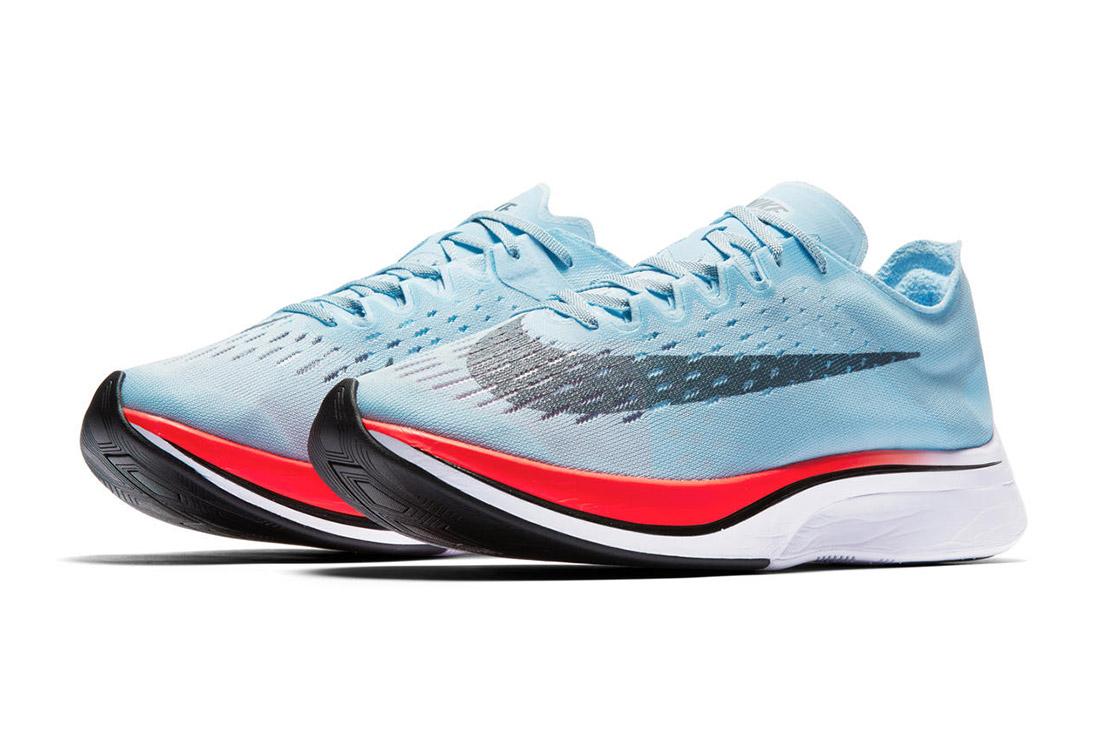Nike's Vaporfly Claims Are Officially Put to the Test

made some bold claims when they introduced their new line of runners back in March. The Swoosh stated the revolutionary tech represented . They were so confident, in fact, that in reference to the 4 per cent improvement in running efficiency that the shoe apparently gifts its wearer, Nike named it the . Tuned for long-distance running, the model's was designed with the intention of breaking the two-hour marathon – a feat it hasn't yet achieved, but it came damn close!
Up until now, Nike's claims have been little more than hearsay. However, a study of the shoe and its claims was conducted by the University of Colorado, Boulder, and its findings have just been published in peer-reviewed research journal Sports Medicine. Given Nike funded the study, the team at paid a visit to the University of Calgary's Human Performance Lab to independently evaluate the claims and supporting research.

According to the study, researchers tested the Vaporfly prototype against Nike's previous fastest runner, the , as well as adidas' Adios BOOST 2, which was worn by Dennis Kimetto in 2014's Berlin Marathon when he set the current fastest marathon time of 2:02:57. Most importantly, prior to the Vaporfly, these two models and their predecessors were responsible for the ten fastest marathons of all time.
Eighteen runners able to run 6.2 miles in under 31 minutes were recruited to test the three shoes and the results were pretty conclusive: each runner expended less energy when running in the Vaporfly compared with the other models. However, the exact improvement differed from subject to subject with one reporting as much as 6.26 per cent and one as little as 1.59 per cent. Ultimately, the average was just over four per cent.
According to University of Calgary biomechanist Brian MacIntosh, the result is no easy feat, with even a 1.5 per cent increase regarded as substantial. Further supporting the findings, it turns out the sample size of 18 is actually above average in the world of biomechanics.

So why is the Vaporfly so advantageous? Well, it's down to the shoe's carefully considered combination of materials, which not only make it lighter than the other models, but, due to its use of highly springy foam, also equip it with a significantly higher energy return.
Despite finding undeniable improvement across the board, Wired's investigation uncovered one flaw in the CU Boulder's research – the runners knew which sneakers they were running in. While it mightn't seem important, this does open up the possibility of placebo effect. However, it is noted that the runners were not informed of the Vaporfly's significant performance advantage. And apparently four per cent is considered simply too significant to be chalked up to placebo effect.
